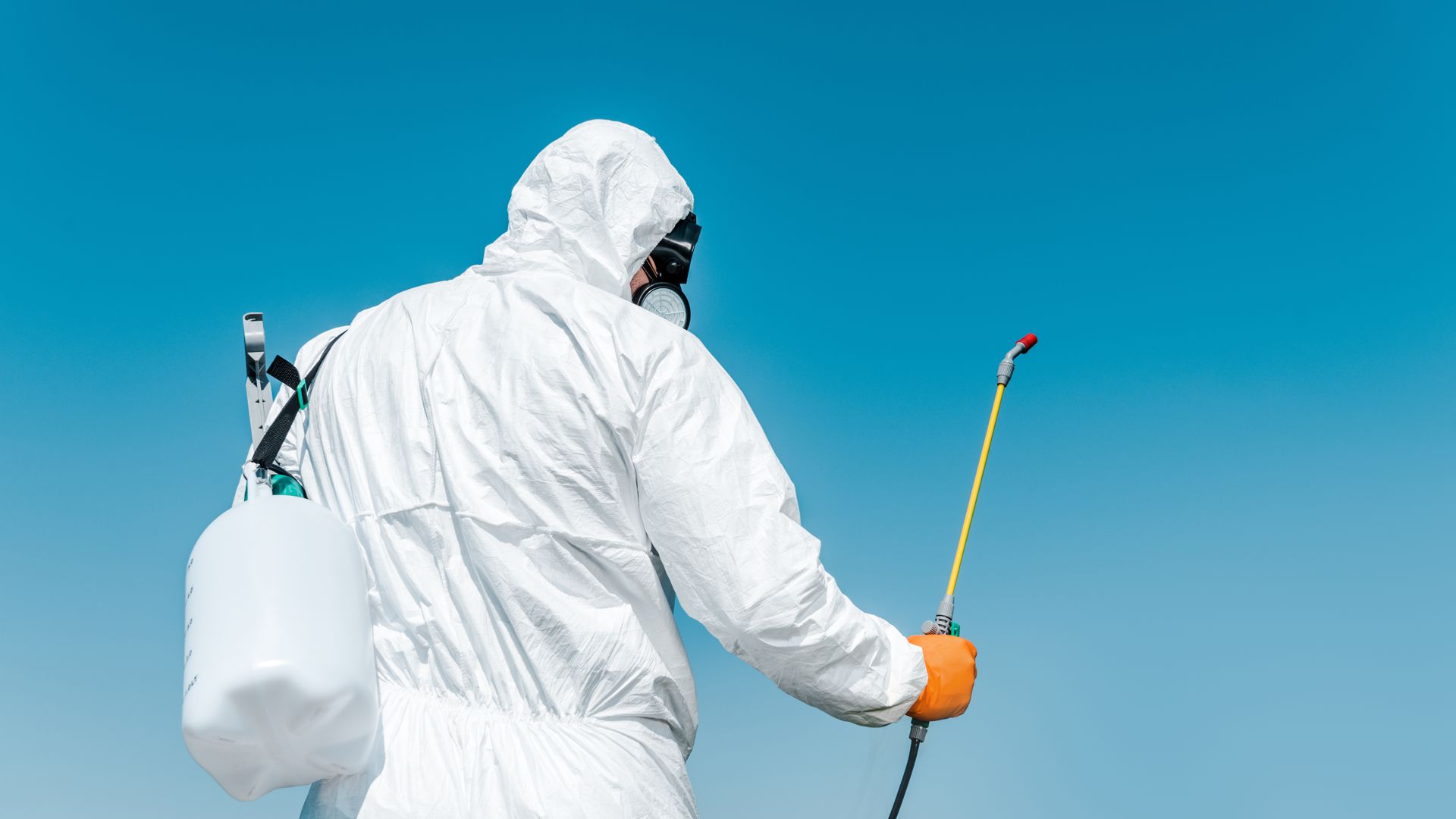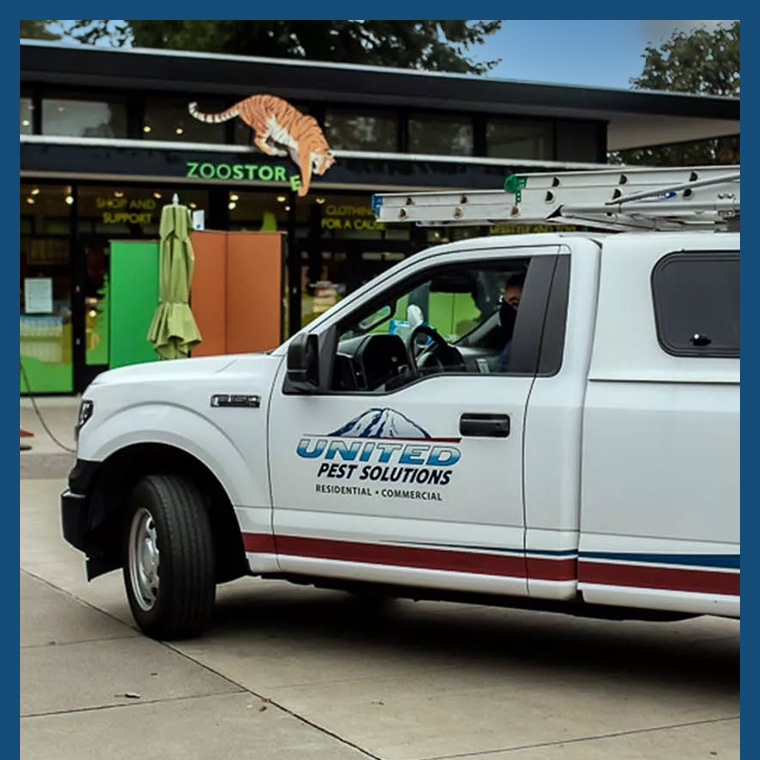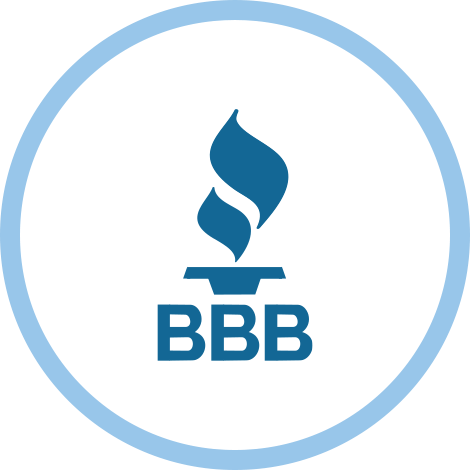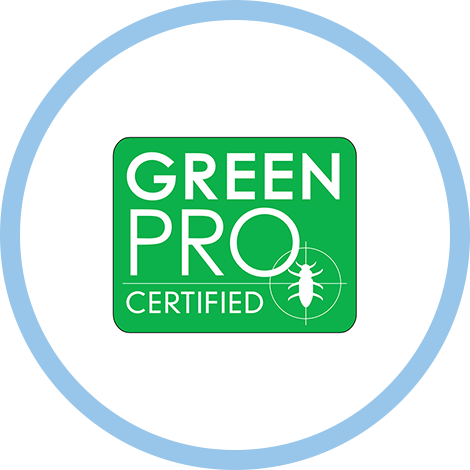
Keeping Bees, Hornets, Wasps, and Yellow Jackets Away
Unlike bees, wasps and hornets are carnivorous and hunt insects and spiders, including many species that humans consider pests. Unfortunately, they also have a painful sting, making them a pest species for humans as well. When wasps and hornets nest in homes, this poses a potential danger for homeowners, particularly those who are allergic to their venom and who may suffer a life-threatening allergic reaction when stung. Controlling wasps and hornets around a home will minimize stings while still allowing wasps and hornets to live, thus enabling them to continue controlling the pest population in the area.
Controlling Wasps and Hornets
Eliminating extraneous food sources will keep wasps and hornets away. Wasps in particular have been known to imprint on sites where food is found regularly. In the late summer, wasps and hornets become more attracted to sugary foods in order to prepare for winter. In order to prevent wasps and hornets from imprinting on a home, ensure that trash cans have lids and that food is not left unattended for long periods of time. Uneaten pet food should be removed, and even birdseed and hummingbird nectar should be removed in areas with wasps and hornets. Flowers and fruit trees attract wasps and hornets just as they would attract bees, so these should be kept at a distance from homes.


Hear from Our Pest-Free Customers
Proudly Servicing Seattle and Surrounding Areas in the Pacific Northwest
At United Pest Solutions, your satisfaction is our priority! See for yourself what our customers have to say about working with us.
-
"Very Quick and Thorough."Did a great job. Update: after watching for 10 days after the 1st treatment, ants returned.- Carl B.
-
"Clearly Knew How to Appropriately Address the Problem."Luke took a genuine interest in the situation, and clearly knew how to appropriately address the problem.- Bradley W.
-
"He Was Very Professional & So Helpful."He was very professional and so helpful!!! Everyone on the phone was very good to work with as well!- Erin N.
-
"Very satisfied with the service and glad we are with United Pest Solutions."Tanner was great - communicative, friendly, & knowledgeable.- V Riles
-
"Good job!"Justin does a good job of suggestions, and general info about what is going on with the rodent population.- Carmon C.
-
"I have been super happy with my service."Garret was our last technician, and even though we have had repetitive treatments, he treated our house like it was our first visit.- Stephanie F.
-
"Efficient, Professional & Most of All, Friendly."We have used United Pest for over 10 years. They have great communication before and after inspections.- Dail B.
-
"Extremely Communicative, Professional & Respectful of the Property."United Pest Solutions was able to come the next morning after I contacted them.- Jenifer B.
Home Proofing
Houses should be inspected regularly for cracks and entrances where hornets and wasps can enter. Windows, doors, vents, and foundation cracks can all be entrances for wasps and hornets seeking a comfortable environment. Any location that looks suspect should be repaired and sealed. Eves and roofs of buildings should also be inspected, as these are the prime locations for nests. Wasps prefer to build in dark, quiet places and so a simple method of ensuring that these normally shadowed locations are not welcoming is to install a light in the problem areas.
A type of decorative paper lamp called a wasp decoy takes advantage of wasps’ territorial nature. These decoys can be installed in various locations in order to deter wasps from building a competing nest. If this decoy proves unsatisfactory, a variety of inexpensive wasp and hornet traps can be made at home in order to keep numbers down. Wasps and hornets should never be swatted. When they are crushed, their bodies release a pheromone that attracts and angers nearby wasps and hornets, ensuring that stings become more likely. Instead, traps are the safer option. One type of trap uses a piece of meat on a string hung over a bucket of water. The wasps and hornets will eat the meat until they are so full that they fall into the water and drown. Another trap is made from a two-liter plastic bottle. The top quarter of the bottle is removed and re-taped upside-down inside of the bottle to act as a funnel. A few inches of sweet liquid is poured inside the bottle, so that the wasps and hornets fly inside, drink the liquid, and drown.
While prevention is the foremost way to control wasps and hornets, there are occasions where this is not enough. In these cases, a licensed pest control professional should be called to deal with the problem safely and effectively.







